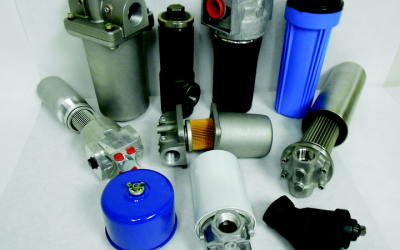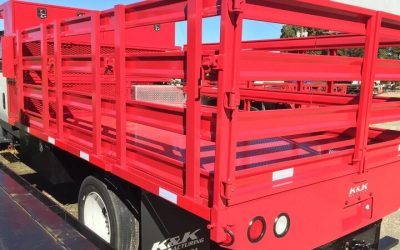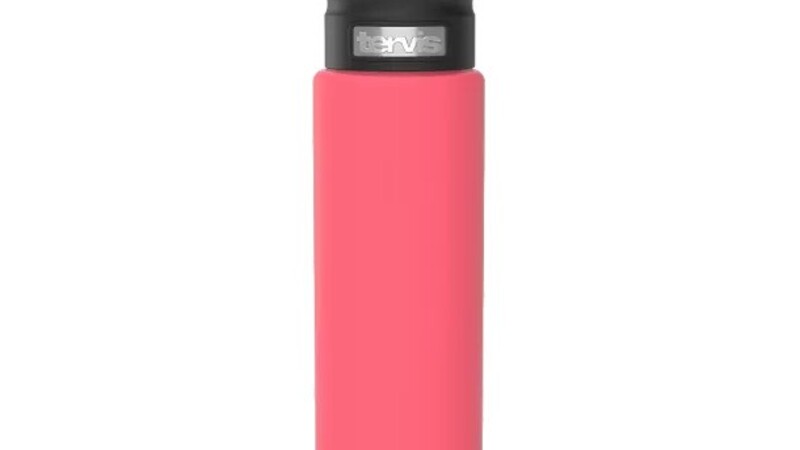For specific types of applications where there is a need for a controlled, carefully regulated flow, a needle valve is often the best choice. This valve looks very much like its name indicates. It features a longer, tapered plunger that is controlled by a screw, knob or handle on the exterior of the valve that can be turned to set the flow rate.
The plunger itself, when fully turned into the seat in the valve, eliminates all flow through the brass needle valve. As the spindle is turned out, the threaded plunger moves up and out of the seat, allowing for very precise control of the flow of air or liquid through the valve. In most cases, these types of valves are used online with low flow rate devices and systems, but custom designed needle valves can be used with higher pressures.
Not a Shutoff
While a brass needle valve can be used to completely shut off the flow of gas or liquid through a system, it is not considered an effective option for this purpose. To fully close or fully retract the needle takes multiple turns, even with the mini valves that are used in equipment and devices.
Instead, a simple shut off valve would be a more practical and responsive option. The same reason they are so effective at turning a system off and on makes them a challenge to use for precision flow control, which is where the brass needle valve is ideal.
The Brass Advantage
With the use of brass for the valve housing and components, there is a higher rate of resistance to corrosion. These valves will not pit or crack, and they are also capable of standing up to high and low temperatures without risking failure or decrease in functioning.



